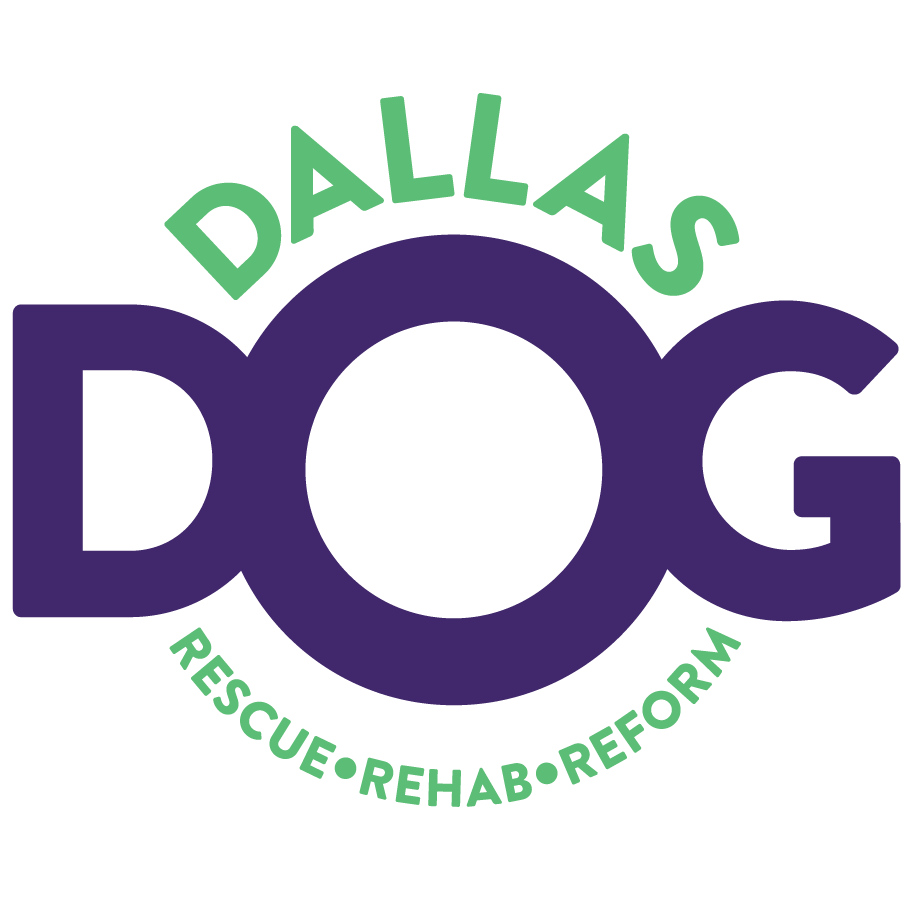Whining
Whining in dogs can stem from various causes. Before seeking treatment, it is important to identify the specific triggers associated with the behavior.

Whining is a vocal communication method commonly used by dogs. They often whine when they want attention, are excited, anxious, or when they are trying to appease their owners.
Why Do Dogs Whine?
There are several reasons why dogs whine:
Appeasement Behavior
Some dogs whine excessively when interacting with people or other dogs, displaying submissive postures such as a tucked tail, lowered body, and averted gaze.
Greeting Behavior
Dogs may whine during greetings, typically out of excitement, whether directed at other dogs or people.
Seeking Attention
Dogs may whine to get attention, rewards, or desired objects from their owners. It can be a learned behavior that they use to obtain what they want.
Anxiety
Whining can be a response to stressful situations, and in some cases, it may seem involuntary. Dogs may whine when they feel anxious or overwhelmed.
Other Issues That Might Cause Whining
Separation Anxiety
If a dog whines only before their owner leaves or during their absence, it could indicate separation anxiety. Other symptoms may include pacing, panting, excessive drooling, destructive behavior, indoor accidents, depression, or signs of distress.
Injury or Medical Condition
Dogs may whine in response to pain or discomfort caused by an injury or underlying medical condition. If a dog suddenly starts whining or vocalizing frequently, it's essential to have them examined by a veterinarian to rule out any medical causes.
Dealing With Excessive Whining
Appeasement Whining
Building a dog's confidence can help reduce appeasement whining. Reward-based training techniques, obedience classes, trick-training, and engaging in activities like agility or flyball can increase a dog's confidence. It's important to avoid physical or verbal punishment as it can decrease their confidence further.
Whining During Greetings
To address whining during greetings, divert your dog's attention to their favorite toys. Simply telling them to be quiet might not be effective unless they have been specifically trained to understand the command. Downplaying greetings, using calm tones, and waiting to interact until the dog is less excited can help. Teaching alternative behaviors like sitting or hand targeting during greetings can redirect their attention and reduce whining.
1qw
Ignoring attention-seeking whining and not reinforcing the behavior is crucial. Any form of attention, including scolding, eye contact, or touching, can inadvertently reinforce the whining. Instead, reward the dog when they are quiet and seek attention proactively when they are not whining.
Anxious Whining
Whining caused by anxiety can be challenging to eliminate without addressing the underlying cause. It may be helpful to consult with a Certified Applied Animal Behaviorist or a board-certified veterinary behaviorist to develop a comprehensive plan. In severe cases, medication prescribed by a veterinarian might be necessary.
Don’t hesitate to contact a Certified Professional Dog Trainer (CPDT) in your area. Many CPDTs offer group or private classes that can give you and your dog lots of great skills to learn and games to play that will reduce her appeasement whining, whining during greetings and attention-seeking whining.
Some medications may help reduce your dog’s anxiety. Consult a Certified Applied Animal Behaviorist (CAAB or ACAAB) or a board-certified veterinary behaviorist (Dip ACVB) to learn more about anti-anxiety medications. Finding Professional Behavior Help, for information about locating one of these professionals.) Do not give your dog any kind of medication for a behavior problem unless directed to do so by a veterinarian.

